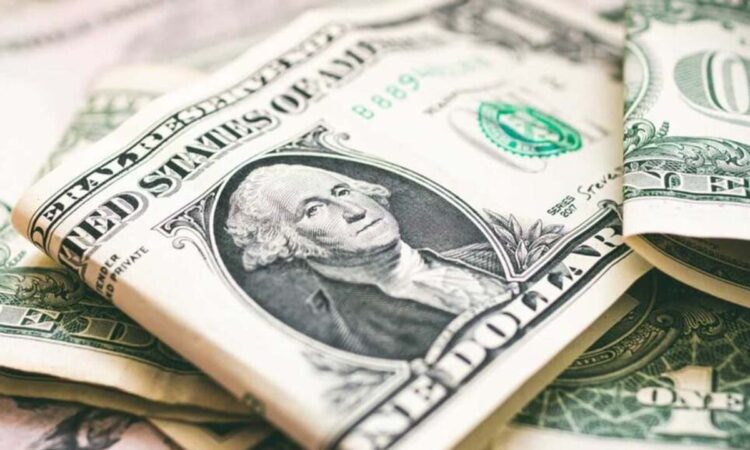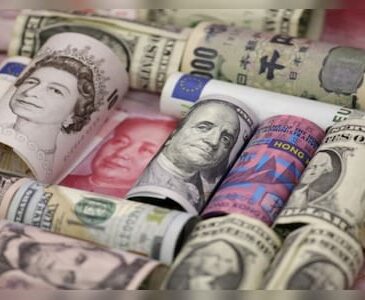
Currencies play a pivotal role in the ever-changing economic dynamics of the world order. Strong currency reflects on economic stability and growth prospects of the nation.
Likewise, any decline in a country’s currency impacts its overall economic health, which leads to instability and ambiguity as far as growth parameters are concerned.
The United Nations officially acknowledges 180 currencies as legal tender. However, popularity and broad usage do not always equate to a currency’s worth or power.
What is currency?
In simple words, we require a common denominator to value the commodities and services when we exchange them. A currency serves as a mediator and is required in order to function as a common denominator.
Commodities and services can be exchanged for currency. Currency is defined as money that is issued by a government, accepted at face value, and comes in the form of coins or paper.
Products and services were directly traded for other products and services when bartering took place. In the current world, bartering has been superseded by currency as the main method of trading products and services.
Here, we evaluate the most powerful currencies in the world, which are important markers of economic strength and the dynamics of global commerce. Below currencies have been compared with the U.S. dollar, which is considered as the universal currency for trade and global commerce.
Kuwait: Kuwaiti dinar (1KD = $3.25)
Kuwait’s official currency, the Kuwaiti dinar, is acknowledged as the most valuable currency in the world for a number of reasons, including the country’s steady economy, which is fueled by significant oil exports, the Kuwaiti dinar’s fixed exchange rate, which protects it from market fluctuations, political stability, which draws in foreign investment, and the Central Bank of Kuwait’s strict control over the currency’s supply, all of which enhance the value of the dinar in the world’s financial system.
Bahrain: Bahraini dinar (1BHD = $2.65)
The currency of Bahrain, an island nation in the Arabian Gulf that is mostly dependent on oil exports, is the Bahraini dinar. The Bahraini dinar is used only in Bahrain and is fixed to the U.S. dollar. Relatively substantial expat presence, comprising a sizable Indian population, makes the Bahraini dinar the second strongest currency in the world.
Oman: Omani rial (1OMR = $2.59)
Thanks to oil and gas exports, the Omani rial is one of the strongest currencies in the world. Nonetheless, Oman’s government is making efforts to reduce the nation’s reliance on the oil markets. In an effort to diversify the economy, it has taken action to assist other industries, which ought to maintain the rial’s strength.
Jordan: Jordanian dinar (1JOD = $1.41)
The Jordanian dinar has been the country’s official currency since 1950, when it replaced the Palestinian pound. Even though Jordan doesn’t have as much oil as other nations in the list, its diverse economy and stable exchange rate, which is based on the U.S. dollar, make it the fourth-strongest currency in the world.
United Kingdom: British pound (1GBP = $1.26)
The British pound (GBP), which is widely used in other nations and territories, is the currency used in Great Britain. The pound’s strength is attributed to Britain’s considerable trading activity and London’s reputation as a financial hub. Even if it has fluctuated over the past few years, the pound is still one of the most widely traded currencies. The UK’s standing as one of the largest nations in the world in terms of GDP contributes to its resilience and strength.
Gibraltar: Gibraltar pound (1GIP = $1.26)
Since Gibraltar is a significant financial hub and a well-preferred tourist destination, its official currency, the Gibraltar pound, is tied to the British pound sterling, making it comparable to the latter. This further confirms the value of the GIP.
Cayman Islands: Cayman Islands dollar (1KYD = $1.21)
The Cayman Islands dollar (KYD) is a stable and strong currency since the territory is a major international financial centre. Numerous businesses, investment funds and financial institutions may be found on the islands thanks to the favourable tax laws, sophisticated banking infrastructure, and strong regulatory framework.
Switzerland: Swiss franc (1CHF = $1.12)
One of the most important currencies for investors and companies is the Swiss franc, which is the official currency of Switzerland and Liechtenstein. The explanation is that Switzerland is regarded as the richest and most politically and financially stable nation in the world. The Swiss National Bank (SNB) has a robust monetary policy intended to ensure price stability, and they also have a strong economy with low unemployment and inflation. As a result, the CHF is highly regarded globally.
Eurozone: Euro (1EUR = $1.06)
One of the main reserve currencies in the world, the euro, is subject to a wide range of unpredictable circumstances that affect its value. This is due to the fact that it is the official currency of all EU members, each of which has its own economic policy. However, the European Central Bank (ECB) is in charge of monetary policy and price stability in the area. The bank has managed inflation carefully in order to preserve the stability and dependability of the euro.
United States of America: U.S. dollar (USD)
The official currency of the United States of America, the U.S. dollar, comes in at number 10 on the list. It is mainly due to the country’s low interest rates, trade imbalance, and higher than average rate of inflation. However, it is one of the major participants in the world currency market and is well-known for its extensive trading and role as the main reserve currency because of its dominance in both politics and the economy.
For more news on economy, click here.


